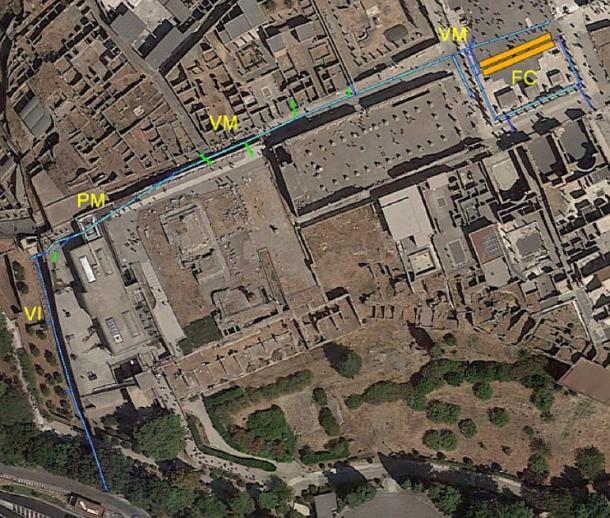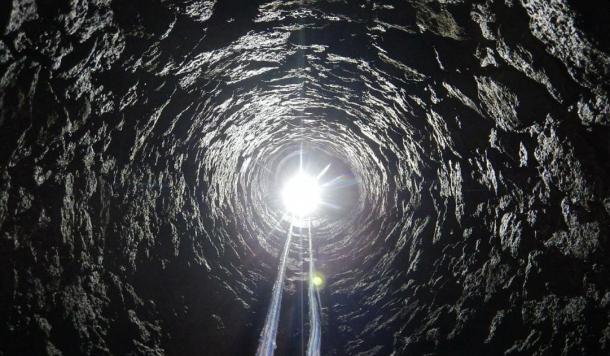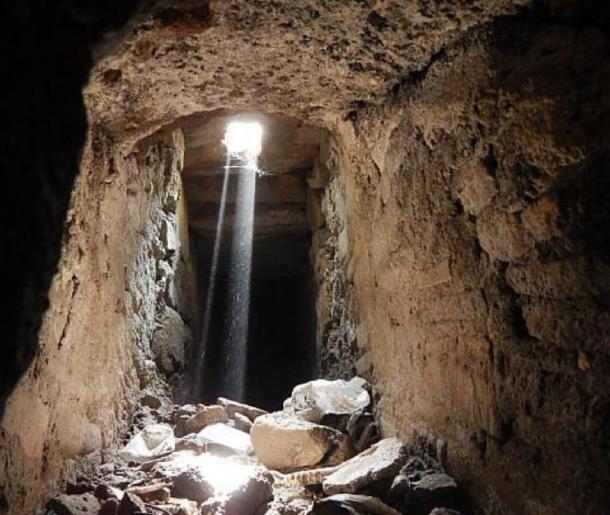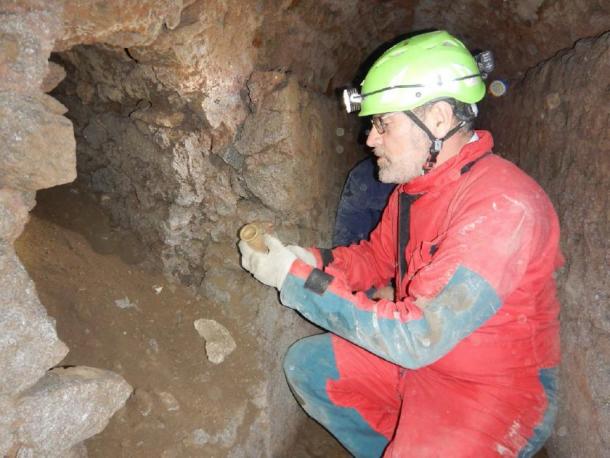Ancient Pompeii’s Drains Back In Use After 2300 Years
The old drainage system in Pompeii is so strong that it can still be re-activated following its completion almost 2,300 years ago.
An area of 1500ft stretch of tunnels underneath some of the famed Italian city’s most iconic structures was originally built to drain water downhill away from Pompeii’s center.
Tunnel analysis showed that for centuries it had almost remained untouched and the complex system still exists in good shape.

‘The entrances to the drains were blocked but since we have problems today with flooding from the rain we will start using them again,’ Massimo Osanna, the director of the site, told The Times.
‘The fact we can do this is a testament to the excellent engineering skills at the time.’
A project has seen the Archaeological Park of Pompeii partner up with speleologists — professional cave analysts — from the Cocceius Association.
Since 2018, the 1,500ft (457m) network of tunnels — which are big enough for a human to fit inside — has been carefully assessed.
A further 1,500ft of tunnels will now undergo similar analysis to determine its state and if it is fit to be used again. Two manholes in the Civil Forum near the Centaur statue provide access to the drainage system.


It then heads downhill underneath Via Marina and terminates near the Imperial Villa. The system allowed excess rainwater to be drained out of the ancient city, towards the sea. The network is complex but structurally sound and the project revealed that the tunnels were built in three distinct phases.
Initially, the system was constructed in the late 3rd or early 2nd century BC, in the so-called Hellenistic phase, by the Samnites who inhabited the city before the Romans.
It was then expanded by the Romans using their famed engineering know-how in the 1st century BC before being put on pause for almost a century.
The study dubbed the Republican phase.
Evidence inside the tunnel showed its third and final portion was built in the years preceding the devastating 79AD eruption of Vesuvius that destroyed the city.
‘The project of exploring these tunnels forms part of the activities of the Archaeological Park of Pompeii that aim to broaden our understanding of the site, which is the essential basis of any monitoring or safeguarding intervention’, Massimo Osanna, Director General of Archaeological Park of Pompeii, said in a statement.
‘This initial, but the complete, exploration of the complex system of underground canals confirms the cognitive potential which the Pompeian subsoil preserves, and demonstrates how much still remains to be investigated and studied.
‘Furthermore, many gaps in knowledge from the past regarding certain aspects or areas of the ancient city are being filled, thanks to the collaboration of experts in various sectors, which allow us to gather ever more accurate data as a result of specialized skills which had never been employed in other periods of excavation or study.’






